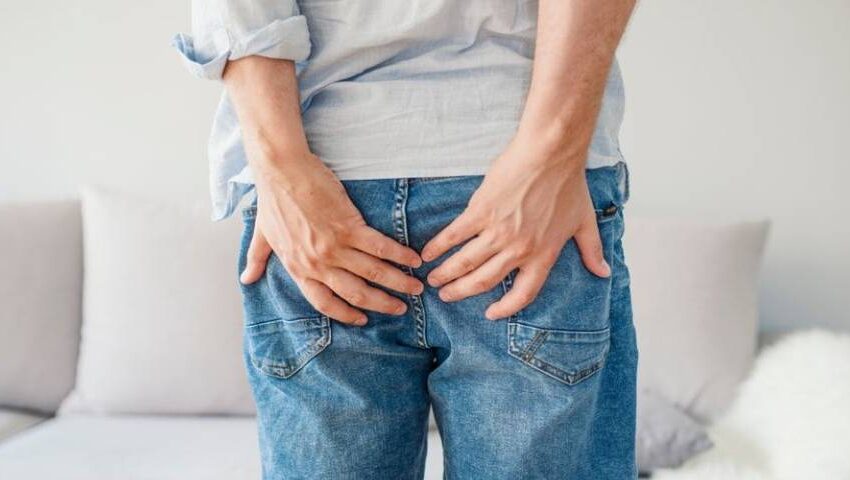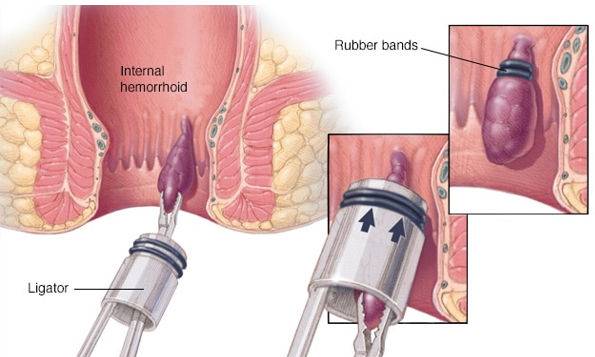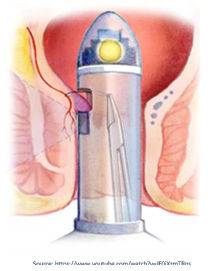
- 14/05/2021
- Dr. Samrat Jankar
- 0 Comments
- Blog
Hemorrhoids Treatment and Recovery Guide
The swollen veins in the bottom of the rectum and anus are known as hemorrhoids. These are also referred to as piles. It is one of the conditions that trigger rectal bleeding. Mostly is not potentially fatal and can be treated in a couple of weeks.
As the walls of veins stretch out, the hemorrhoids become irritating and uncomfortable. It gets worse over time. So, it is necessary to seek medical care at the right time. There are only few laparoscopic surgeon in Pune provide the most effective medical and surgical treatments for hemorrhoids.
Now, Let's Know the Types of Hemorrhoids:
1. External hemorrhoids:
These are the common hemorrhoids that occur outside the anus.
2. Internal hemorrhoids:
These forms of hemorrhoids grow on the rectum’s inner lining. They can prolapse, causing discomfort and irritation.
Let's understand, what causes Hemorrhoids?
- Constipation
- Obesity
- Anal intercourse
- Low fibre diet
- Straining during bowel movements
What Are The Symptoms of Hemorrhoids?
- Irritation and itching
- Pain and discomfort
- Bleeding during bowel movements
- Lump and swelling around the anus
How Are Hemorrhoids Diagnosed?
- Digital examination:
It entails injecting a lubricated, gloved finger into the rectum.
- Visual inspection:
It includes examining the lower portion of the colon and rectum with an anoscope, proctoscope, or sigmoidoscope.
Various Treatments for Hemorrhoids:
- Piles can settle on their own in some patients without the need for medication.
- Many patients feel pain and irritation, which can be significantly reduced with treatment.
- The doctor determines whether home care or additional intervention is necessary based on the diagnosis.
Below Are The Available Treatment Options:
- The patient can achieve symptomatic recovery by lifestyle and nutritional changes such as daily physical activity, plenty of liquids, and a high-fiber diet.
- For large piles, doctors prescribe surgery. Surgery is the last option after all forms of treatment have failed.
Different Types of Surgeries for Hemorrhoids Treatment
- Injection Sclerotherapy: The surgeon infuses a sclerosing agent into the pile mass, which causes it to shrink. In the initial phases of hemorrhoids, this approach is efficient.
- Banding: It entails tying a band-like noose around hemorrhoid’s root. It obstructs blood supply, and eventually, the mass sheds off.

Injection Sclerotherapy: The surgeon infuses a sclerosing agent into the pile mass, which causes it to shrink. In the initial phases of hemorrhoids, this approach is efficient.
Banding: It entails tying a band-like noose around hemorrhoid’s root. It obstructs blood supply, and eventually, the mass sheds off.

- Infrared Coagulation: This treatment is only effective in the early stages of hemorrhoids. With a probe’s aid, the surgeon burns the pile base with very brief exposure to infrared rays.
- Minimally Invasive Procedure for Hemorrhoids (MIPH): Laparoscopic surgeons use a unique circular stapler to perform this operation. It is a comparatively painless procedure usually performed as a day-care procedure.
Laparoscopic surgeons staple and divide the veins at the base of hemorrhoids or masses high up in the anal canal. The piles on the outside are pushed inside.
Advantages of Minimally Invasive Surgery for Hemorrhoids:
- Minimal postoperative pain
- Shorter hospital stays
- Quicker recovery
- Less postoperative discomfort
- Excellent cosmetic outcomes
Pre and Post-Surgery Instructions
Pre-surgery instructions:
- Any prescribed medications should be taken according to the surgeon’s order.
- Before surgery, the doctor may ask the patient to stop taking aspirin and all aspirin-containing medicines for at least five days.
- The midnight before surgery, the surgeon advises the patient to avoid eating or drinking except taking prescribed medications.
Post-surgery instructions:
- Before being moved to the room, the patient is observed for two to four hours for any postoperative issues.
- After the surgery, the surgeon advises the patient to take liquids.
- If the patient’s condition is stable, the patient is released the next day.
- The doctor advises the patient for a revisit in one week to remove the dressing.
- If the dressing is waterproof, the patient should prevent wetting it. The patient should take a bath after removing the dressing.
- The doctor advises the patient to adhere to healthy eating habits, use laxatives in the early postoperative period, and do Kegel exercises to tone the pelvic muscles.
- On discharge, the doctor provides a discharge summary with a medication prescription and the first follow-up appointment date.
Thus, for progressive recovery, the patient must follow all the instructions given by the doctor correctly.
